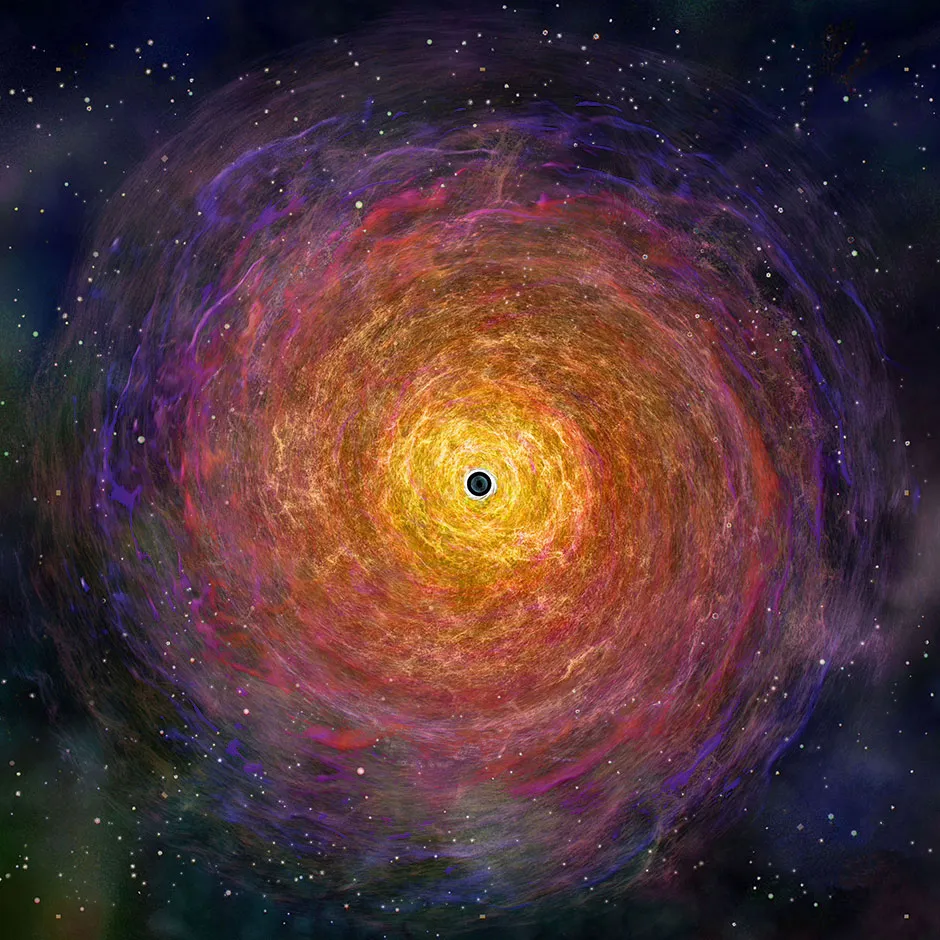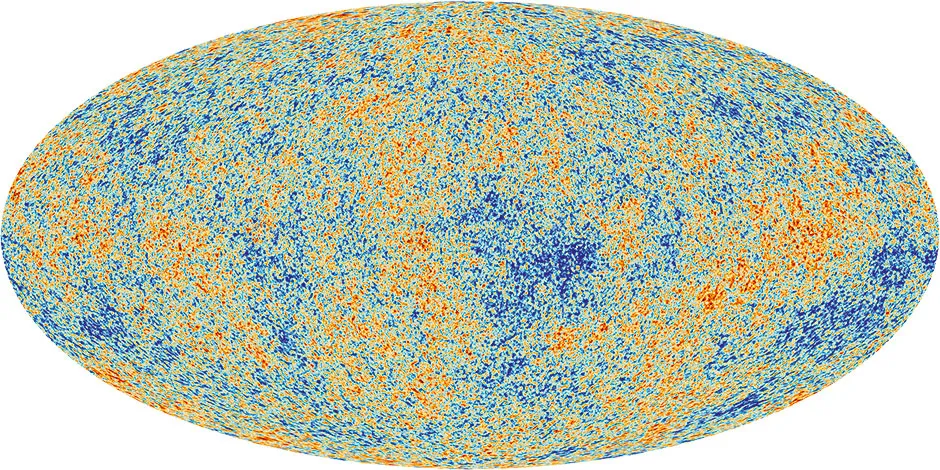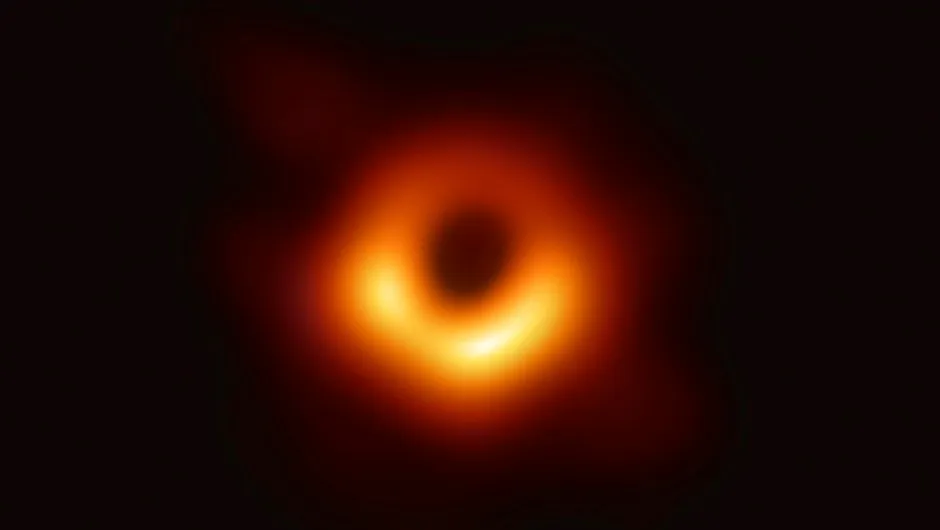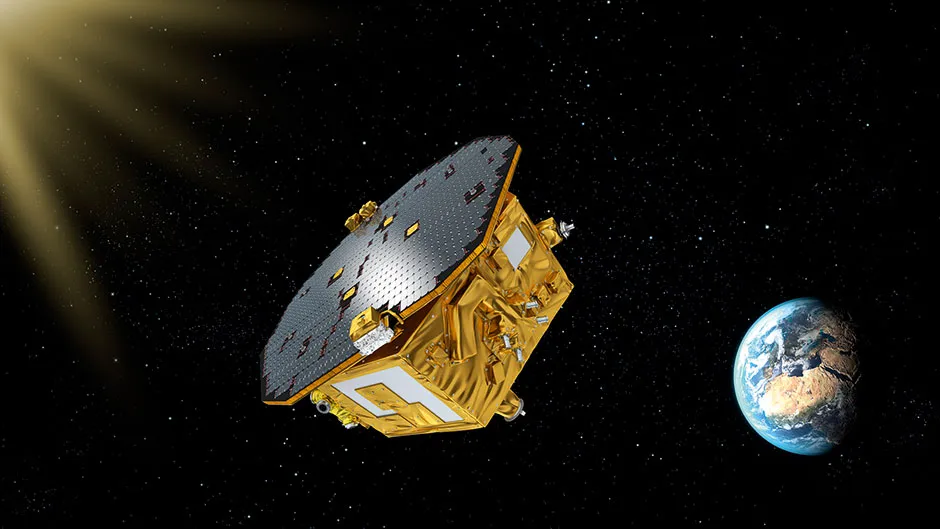The Earth is in trouble. Dying crops and deadly dust storms are putting the planet under strain, leaving the human race in grave need of a new home.
In a desperate attempt to find one, a team of brave astronauts led by Joseph Cooper venture into a wormhole near Saturn, emerging light-years away on Miller’s planet – an ocean world orbiting a supermassive black hole known as Gargantua.
So goes the plot of the 2014 Hollywood epic Interstellar. But according to recent research, this idea might not be as far-fetched as it first appears.
The ability to spot other planets in space has made staggering progress in the last quarter of a century. We now know of more than 4,000 exoplanets – worlds beyond our Solar System orbiting distant stars.
Read more about black holes:
- Black holes and dark energy: how Hubble discovered the Universe's darkest secrets
- Wormholes: Could we travel through a black hole into another galaxy?
For those looking for extraterrestrial life out there, conventional wisdom says that we should be looking for Earth 2.0; a planet just like ours, orbiting a safe, warm distance from a Sun-like star. Only there will we find the one thing that life needs: water.
In contrast to life-giving stars, black holes are seen as harbingers of death and destruction. They form when huge stars die and their gravitational pull is so extreme that they act as giant cosmic trap doors. Fall in and you get torn apart with no chance of escape. That hardly seems like the ideal setting for life to develop, but are we missing a trick?
Black hole planets
Keiichi Wada, from the National Astronomical Observatory of Japan, thinks so. He works on the physics of black holes, but has teamed up with colleagues who research planet formation to see if the idea is plausible.
“The two fields [planet formation and black holes] are so different, usually there is no interaction between them,” Wada says. They set out to change that by combining their knowledge to model the formation of planets around supermassive black holes, just like Gargantua in Interstellar.
Planets form around stars when gravity starts to collect dust grains together into tiny balls, which then gradually collide with each other to fashion larger and larger objects. Wada and his team wanted to see if this could happen around a black hole.
Their model, published in November 2019, shows that at far enough distances from the black hole – at least 10 light-years away – the gravitational environment is stable enough for planets to form in just the same way as they do around stars like our Sun.
“This is the very first study that claims a possibility of direct formation of planet-like objects around supermassive black holes,” Wada says. “We expect more than 10,000 planets around one supermassive black hole because the total amount of dust [there] is enormous.” That’s a lot of unexplored cosmic real estate.
So planets could potentially form around black holes, but that’s no guarantee that they offer a life-friendly environment. On Earth, living things are hugely dependent on the light and warmth from the Sun to survive. Without the glow of a star, life around a black hole would likely need an alternative source of energy.
Fortunately, that might not be too hard to come by. According to a paper published by NASA’s Dr Jeremy Schnittman in October 2019, a feature of many black holes – the accretion disc – could stand in for the Sun.

The accretion disc is effectively a flat band of material queuing around the black hole waiting to be devoured. As material spirals downwards into oblivion, it ends up travelling incredibly fast and emits huge amounts of energy before it disappears past the point of no return.
“All the black holes we know have accretion discs and they are incredibly bright,” Schnittman says. According to his calculations, put a planet at the right distance from the black hole and the accretion disc would appear the same size and brightness as the Sun does in our sky. “It would look very similar to our Solar System,” he says.
The daytime sky on such a planet may be familiar, but the night sky would be anything but. The centres of galaxies where supermassive black holes usually reside are so jam-packed with stars that, according to Schnittman, the night sky would be 100,000 times brighter than ours.
Read more about extraterrestrial life:
However, those stars aren’t neatly spread across the heavens. The gravity of the black hole accelerates the planet to such lofty speeds that the starlight all appears to be coming from a single point in front of you that’s smaller than the Sun. “It’s like driving into the rain,” Schnittman says. Picture a spaceship hitting warp speed in a sci-fi movie. “It would certainly look spectacular.”
There is a problem, however, with a planet being warmed by an accretion disc. “They give off a lot more ultraviolet and X-ray radiation than the Sun,” Schnittman says. That kind of radiation could potentially sterilise an otherwise habitable planet. “You’d need a cloudy atmosphere to block it,” he adds.
But that’s not impossible given what we already know about the exoplanets we’ve found orbiting other stars. “Thick, hazy atmospheres seem to be quite common,” he says. So you might be able to get away with it being like a constant hot and humid day here on Earth.
Light from a black hole
Given these dangers and restrictions, there may be a safer way to warm worlds around black holes: the leftover energy from the Big Bang. Astronomers call it the ‘cosmic microwave background’ (CMB), and it was released into the Universe 380,000 years after the creation of the cosmos.
According to Dr Pavel Bakala, from Silesian University in the Czech Republic, it could take the place of a star, thanks to an effect called gravitational lensing. Due to their enormous mass, black holes warp the space around them to such an extent that they act a lens.
Much like a magnifying glass can set fire to a stick by focusing the Sun’s light, so the extreme gravity of the black hole can focus the energy of the CMB onto an orbiting planet.

Yet Bakala says that on its own not enough, pointing to the fact that on the Earth we cycle through periods of day and night, thanks to the rotation of the Earth. “That helps to circulate the energy around the planet,” he says.
The respite of night is just as important to a habitable world as the glare of the day. Bakala has a solution for this problem too: the black hole’s shadow. As light traverses the extremely warped space around a black hole it creates a ring, with a dark area – the shadow – inside it.
This can be seen in the now famous photo of a black hole released by the scientists behind the Event Horizon Telescope in April 2019. A planet passing through this shadow would be plunged into night-time. “That could make it really similar to our experience on Earth,” says Bakala.
Read more about space:
- Everything you need to know about space travel (almost)
- Move over, Mars: why we should look further afield for future human colonies
Not every black hole is suitable, however. “You need a very fast rotating black hole,” Bakala says. “It needs to be spinning at close to the speed of light.” That’s because the slower a black hole spins, the further you have to travel from it to reach a stable orbit.
Venture too far and you no longer get the day and night cycle provided by the cosmic microwave background and the black hole’s shadow. It’s not out of the question, particularly if we look at ancient black holes. The older a black hole, the more chance it has had to spin up as it swallows stuff.
A black hole’s age is not the only time-related matter to consider when assessing whether life is likely to be found orbiting one. Black holes mess with time itself. In his General Theory of Relativity, Albert Einstein told us that space and time are interwoven into a fabric called space-time – the famous space-time continuum.

So a black hole not only warps the space around it, but time too. “Time is going slower there by a factor of 1,000,” says Bakala. That means for every 1,000 days that pass on Earth – a little over three years – just a single day elapses on the black hole planet. This effect, known as ‘time dilation’, constitutes a major plot point in Interstellar, with one hour passing on Miller’s planet for every seven years on Earth.
Life on Earth started relatively early – within the first half a billion years or so. For half a billion years to have passed on the black hole planet, the Universe would have to be 500 billion years old. In fact, it formed just under 14 billion years ago.
So if life is to be found on a real-world Miller’s planet, it would need to spring up considerably faster than it did here.
Black hole rotation
According to Dr Lorenzo Iorio, from the Ministry of Education, University and Research in Italy, that life would have to deal with yet another harsh consequence of General Relativity so close to a gravitational monster.
A black hole can wreak havoc with a planet’s obliquity – how much its rotation axis is tipped over from the vertical. Earth’s obliquity is currently just over 23° and it’s this tilt that gives us the seasons – summer when we’re leaning in towards the Sun, and winter when we’re angled away.
This tilt varies between 22.1° and 24.5° over a cycle lasting 41,000 years as we get pulled around by the gravity of our neighbouring planets. It’s a relatively small change over a long period of time and so we get stable seasons with minimal temperature variations between them.

By contrast, the obliquity of a black hole planet is far less stable as it moves through the warped space around its host. “It can vary by several tens of degrees over just 400 years,” Iorio says.
His calculations, published in February 2020, represent the first time the effects of General Relativity have been taken into account in this way. “It is harmful for the possibility that stable forms of life and civilisations may form and grow,” he says.
All this is meaningless unless we can actually find planets orbiting black holes. Thankfully, an upcoming space mission could well be up to the job. In 2034 the European Space Agency (ESA) is planning to launch the Laser Interferometer Space Antenna (LISA) mission. It’s an incredibly sensitive detector for picking up gravitational waves – the ripples created as objects move through and distort space-time.
“LISA will be sensitive enough to see an Earth-sized black hole planet in the Milky Way,” says Schnittman. “For a Jupiter-sized planet you’re looking at a thousand times further away than that,” he says.
That brings another 50 or so local galaxies into the fray, including Andromeda and Triangulum. Maybe then we’ll finally know if these sunless, starless worlds of science fiction are really out there.
- This article first appeared in issue 353 of BBC Science Focus–find out how to subscribe here

